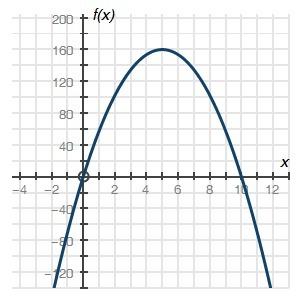
Mathematics, 16.10.2020 06:01 williamsvilletiles
Fish Democracies
Consider the question (using fish) of whether uncommitted members of a group make it more democratic. It has been argued that individuals with weak preferences are particularly vulnerable to a vocal opinionated minority. However, recent studies, including computer simulations, observational studies with humans, and experiments with fish, all suggest that adding uncommitted members to a group might make for more democratic decisions by taking control away from an opinionated minority. In the experiment with fish, golden shiners (small freshwater fish who have a very strong tendency to stick together in schools) were trained to swim toward either yellow or blue marks to receive a treat. Those swimming toward the yellow mark were trained more to develop stronger preferences and became the fish version of individuals with strong opinions. When a minority of five opinionated fish (wanting to aim for the yellow mark) were mixed with a majority of six less opinionated fish (wanting to aim for the blue mark), the group swam toward the minority yellow mark almost all the time. When some untrained fish with no prior preferences were added, however, the majority opinion prevailed most of the time. What is the Effect of Including Some Indifferent Fish?
In the experiment described above, the schools of fish in the study with an opinionated minority and a less passionate majority picked the majority option only about 17% of the time. However, when groups also included 10 fish with no opinion, the schools of fish picked the majority option 6 % of the time we want to estimate the effect of adding the fish with no opinion to the group, which means we want to estimate the difference in the two proportions. We learn from the study that the standard error for estimating this difference is about 0.14.
A) Give the best point estimate.
B) Find a 95% confidence interval.
C) Is it plausible that adding indifferent fish really has no effect on the outcome?

Answers: 2
Another question on Mathematics

Mathematics, 21.06.2019 13:50
Examine the following sets of events. set a: {1, 5, 7, 9, 14} set b: {2, 5, 6, 8, 14, 17} which of the following represents the intersection of set a and set b ? {∅} {5, 14} {1, 2, 5, 6, 7, 8, 9, 14, 17} {1, 2, 6, 7, 8, 9, 17}
Answers: 2

Mathematics, 21.06.2019 16:50
The table represents a linear function. what is the slope of the function? –6 –4 4 6
Answers: 3

Mathematics, 21.06.2019 20:30
Select all the expressions that will include a remainder.
Answers: 1

Mathematics, 21.06.2019 22:30
How can you find the mean absolute deviation (mad) for this set of data?
Answers: 3
You know the right answer?
Fish Democracies
Consider the question (using fish) of whether uncommitted members of a group make...
Questions

History, 07.07.2019 21:50

Biology, 07.07.2019 21:50


Social Studies, 07.07.2019 21:50

Social Studies, 07.07.2019 21:50

History, 07.07.2019 21:50

History, 07.07.2019 21:50

Social Studies, 07.07.2019 21:50

Physics, 07.07.2019 21:50


History, 07.07.2019 21:50

Mathematics, 07.07.2019 21:50

Mathematics, 07.07.2019 21:50

World Languages, 07.07.2019 21:50

Chemistry, 07.07.2019 21:50

Mathematics, 07.07.2019 21:50

Chemistry, 07.07.2019 21:50

Health, 07.07.2019 21:50

Chemistry, 07.07.2019 21:50

Chemistry, 07.07.2019 21:50




